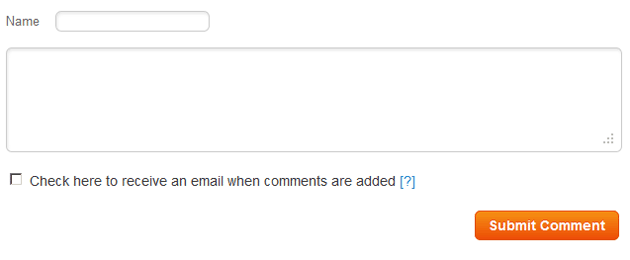Question
Topic: Social Media
European Wide Promotion Campaign
Related Discussions
- What Are You Doing Related To Twitter
- Social Media Marketing
- Flipping Products On Amazon To Ebay
- Road Safety
- Facebook Ads Get Low Quality Status
- Does Asking For Shares Affect The Reach On Fb?
- How To Delete Old Facebook Group Videos?
- How To Boost Your Instagram Content's Visibility?
- How Do You Market On Social Media Platforms?
- How Do I Get Appropriate Brand Visibility?
- Search more Know-How Exchange Q&A
Community Info
Top 25 Experts
(Social Media)
- Gary Bloomer 17,071 points
- Jay Hamilton-Roth 14,637 points
- Peter (henna gaijin) 2,471 points
- SteveByrneMarketing 1,821 points
- Pepper Blue 937 points
- telemoxie 873 points
- dubois 839 points
- Chris Blackman 779 points
- BizConsult 775 points
- Kevin McIntosh 735 points
- Harry Hallman 642 points
- stu.kushner 625 points
- cookmarketing@gmail. 566 points
- acquafied 500 points





I am working on a regional European wide promotion campaign which aims at promoting digitalisation of the job market. It is going to take place in a few different countries and we are relaying great deal on social media to spread the message across and get the stakeholders to engage in discussions and interact with our clients on this. Other then obvious Facebook and Twitter methods (setting up of Facebook pages, Twitter accounts, hashtags, etc.), does anyone have a suggestion or some ideas on strategies, tactics, taglines, media channels, etc., anything at all? I understand its a pretty broad explenation, but I am happy to provide more details.
Many thanks.
Regards